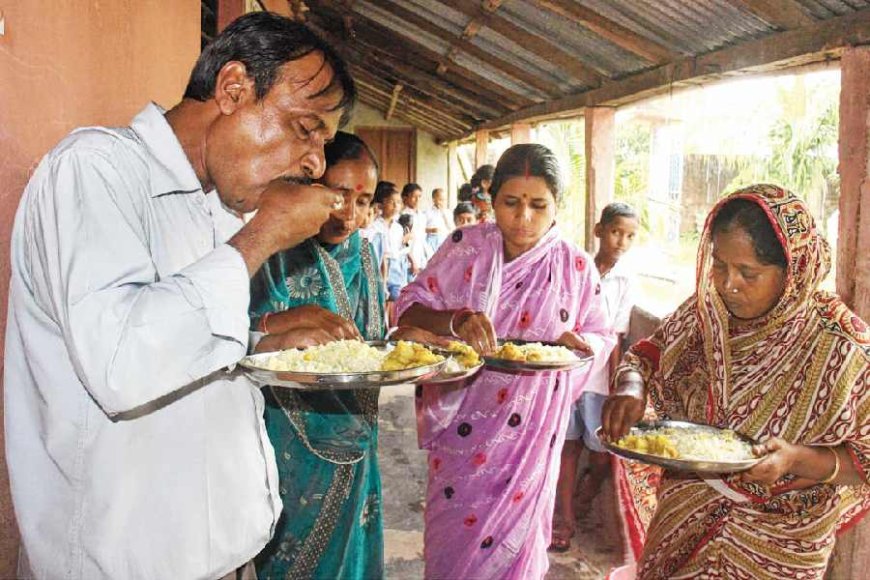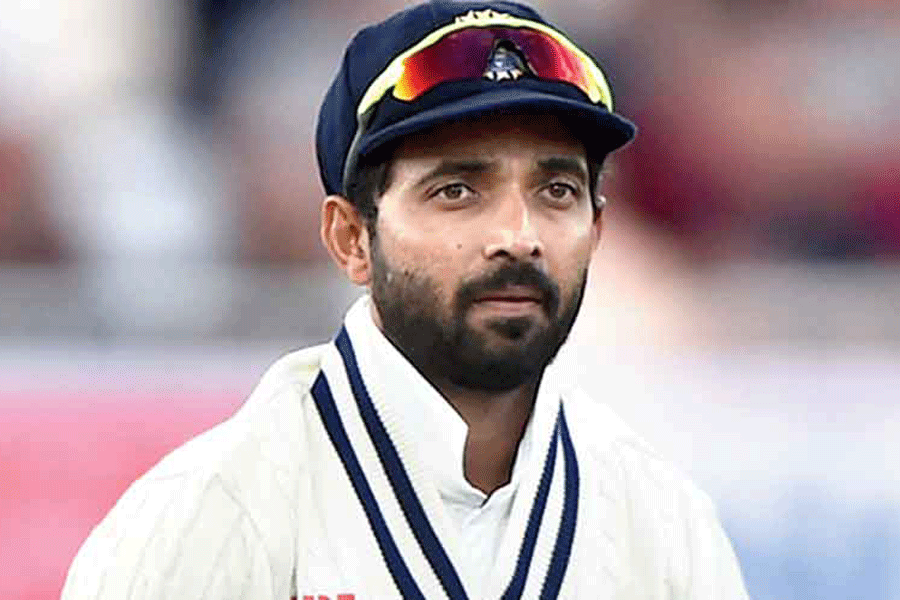Disparity in Household Expenditure: Insights from India's Household Consumption Expenditure Survey
Contrasts in Spending Patterns Across Urban and Rural India

According to a government poll, the wealthiest five percent of metropolitan Indian families spend about ten times as much on food and other essentials like clothes, transportation, medical care, and children's education as the lowest five percent.
The Household Consumption spending Survey (HCES) for 2022–2023 issued on Saturday by the National Sample Survey Office reveals that the wealthiest five percent in rural regions spend about eight times more than the lowest five percent, whose daily spending is as low as Rs 46.
According to the poll, the average monthly per capita consumer expenditure (MPCE) in rural regions was found to be Rs 3,773 (Rs 1,750 on food and Rs 2,023 on “non-food” products) in 2022–2023; in urban areas, it was found to be Rs 6,459 (Rs 2,530 on food and Rs 3,929 on non-food things).
Medical care, education, transportation, consumer services, entertainment, housing, clothes and bedding, durable products, shoes, and tobacco are examples of non-food commodities.
In rural regions, the average MPCE for the poorest five percent of the population was Rs 1,373, whereas in urban areas, it was Rs 2,001. The average MPCEs of the top five percentile in rural and urban regions, respectively, were Rs 10,501 and Rs 20,824.
Nine states fell short of the national average, including Assam, Jharkhand, Bengal, and Odisha. The statistics for Bengal were Rs 5,267 (urban) and Rs 3,239 (rural).
The average MPCE for rural and urban regions in the country in 2011–12 was Rs 1,430 and Rs 2,630, respectively. This indicates that household expenditures have increased by around 2.5 times in less than a decade.
The methodology for the two surveys was altered in 2022–2023, according to K.L. Dutt, a former Indian Economic Services official and specialist in poverty assessment, therefore it is impossible to compare the results.
He said that one of the changes was adding more goods to the non-food category.
The government has not yet made public the results of the 2017–18 survey, which is conducted once every five years. There have been unsubstantiated rumors that the poll indicated a four-decade low in consumer spending.
The disparity between the top five percent and lowest five percent, according to activist Deepa Sinha of the Right to Food movement, indicates that the impoverished are "struggling to make a living."
"A guy uses only Rs 46 per day to cover all of his costs! This evidence refutes the government's assertion of a V-shaped recovery, according to Sinha.
The MPCE of casual agricultural laborers' homes in rural regions was the lowest of all vocations, at Rs 3,273.
In rural regions, the Scheduled Castes and Scheduled Tribes spent Rs 3,474 and Rs 3,016 respectively, whereas in urban areas, they spent Rs 5,307 and Rs 5,414.
Of the states, Chhattisgarh had the lowest MPCEs (Rs 2,466 and Rs 4,483) while Sikkim had the highest MPCEs in both rural and urban regions (Rs 7,731 and Rs 12,105).
Between August 2022 and July 2023, a total of 261,746 households were surveyed, with 15,5014 of those homes located in rural regions and 106,732 in urban areas.
The most recent study included 405 topics, compared to 347 in the 2011–12 survey, according to the report.
Except for the headline, this story has not been edited by Press Time staff and has been published from a syndicated feed.























































